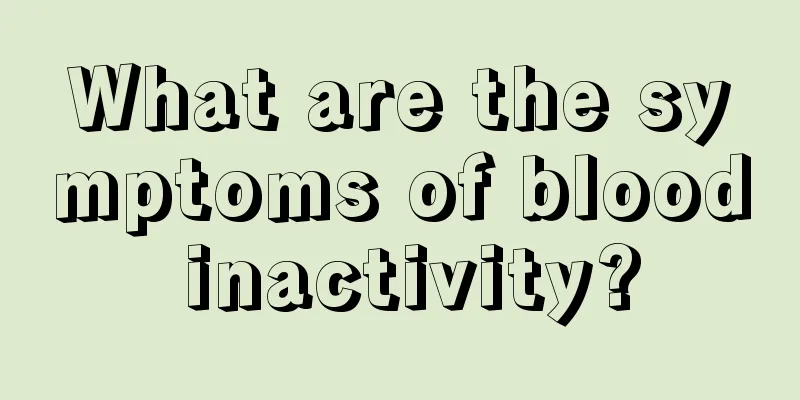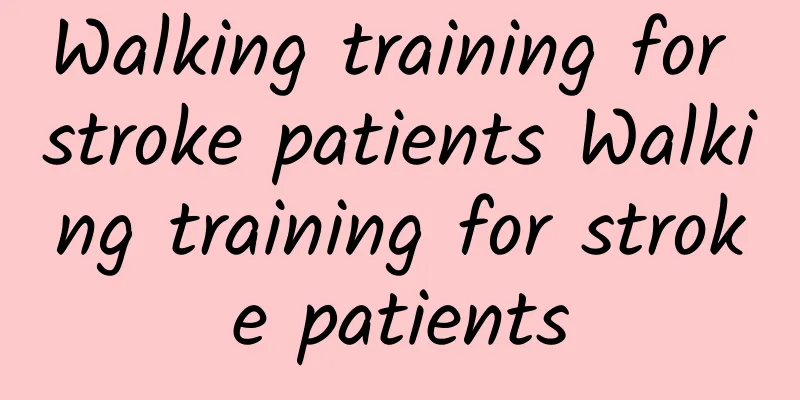What are the symptoms of amenorrhea

|
Many factors may cause amenorrhea, so you should pay attention to the symptoms of amenorrhea, such as sagging breasts, frequent sweating and night sweats, or some symptoms of chest tightness and palpitations. You need to be vigilant when these symptoms often occur. 1. Breast changes: Under normal circumstances, the breasts gradually shrink due to lack of estrogen stimulation after a period of menopause. The glands gradually degenerate and are replaced by fat tissue, which manifests as smaller breast volume, sagging, increased skin wrinkles, etc. In addition, breast lumps caused by existing benign breast lesions may also shrink to varying degrees with the atrophy of normal glands, and symptoms such as periodic breast pain will also disappear. 2. Hot flushes and hot flashes: You often feel waves of heat rising from the chest to the neck and face. At the same time, the skin in the above-mentioned areas has diffuse or flaky redness, accompanied by sweating, and chills after sweating. Generally, flushing and hot flashes occur at the same time. The frequency, severity and duration of attacks vary greatly from person to person, and most attacks occur when waking up in the early morning, at dusk or at night, when moving, eating or dressing, when covering yourself with too many blankets, or when you are emotionally excited. Some have occasional, short-lived attacks; some have several attacks a day, lasting from seconds to minutes; severe cases have frequent attacks, 30-50 times a day, which has a great impact on mood, work, and sleep. This symptom is more severe before menopause and in the early stages of menopause and gradually subsides after menopause. 3. Cardiovascular symptoms : Regarding women's premenopausal symptoms, experts pointed out that 28.9% of patients experience pseudo-angina, sometimes accompanied by palpitations, chest tightness, etc. Electrocardiograms and exercise tests were mostly normal, and 24-hour dynamic electrocardiogram monitoring was within the normal physiological range. When symptoms occurred, vasodilator drugs did not provide any improvement. In addition, about 15.2% of patients developed mild hypertension, characterized by increased systolic blood pressure, normal diastolic blood pressure, paroxysmal attacks, and accompanied by dizziness, headache, chest tightness, and palpitations. In some cases, it can be reduced after treatment with estrogen. In your case, it is recommended that you go to a regular hospital for relevant examinations and symptomatic treatment after diagnosis. |
<<: What is the function of amniotic fluid?
>>: What is the treatment for ovarian cysts?
Recommend
What are the symptoms and dangers of thin uterine wall?
Relatively speaking, some women have a thinner ut...
Why does vaginitis cause lower abdominal pain?
Women often experience the following problems, su...
What to do if you have breast discharge
Breast disease is the most common disease among w...
How long after the liposuction surgery can I have sex?
Lip knife surgery is a relatively new surgical me...
Cervical ripening test
Cervical maturity examination is one of the inter...
Long menstrual cycle of 45 days
A menstrual cycle of 45 days is a symptom of irre...
Chetansharma: Data accounts for 85% of network capacity, but only contributes 39% of revenue
According to a report by mobile analyst Chetan Sh...
Wear a condom when having sex before your period is over
In our lives, there are many couples who have a v...
What to do if your scalp hurts after tying a high ponytail
Many girls have experienced this: their hair hurt...
Women should stay in shape and avoid these six snacks
Women all want to maintain a good figure, but the...
Can I see a Chinese doctor when I have my period?
Traditional Chinese medicine is very profound. Th...
I feel hungry quickly after the abortion.
Although medical abortion is a good way to stop l...
How long does it take for a woman to ovulate after an abortion?
Abortion is extremely harmful to women's bodi...
Illustration of the happy pulse and normal pulse
The difference between a happy pulse and a normal...









